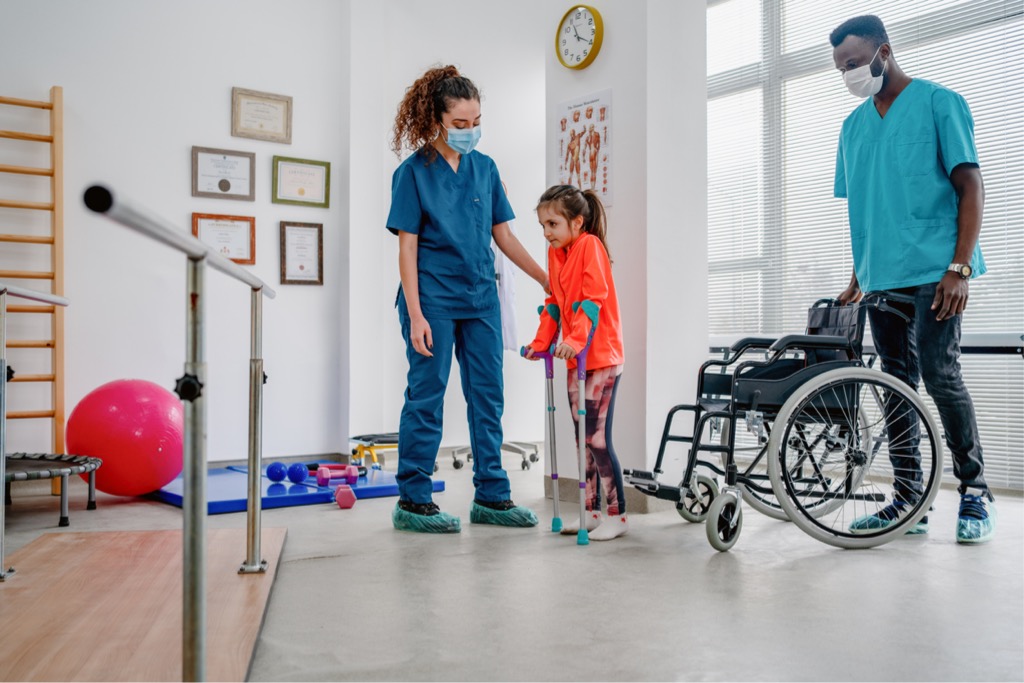A loss of nerve cells in the spinal cord and brainstem leads to a group of genetic disorders called Spinal Muscular Atrophy (SMA). This neurological condition is a type of motor neuron disease that results in an inability to control muscle movement. According to a study by Genetics Home Reference, it affects one in every 8000-10,000 people globally. Understanding the different types of SMA can help determine the appropriate course of treatment.
- SMA type 1
Also known as Werdnig-Hoffmann disease, this type of SMA usually manifests before a baby turns 6 months old. It may cause the baby to be born with breathing issues and could turn fatal within a year if left untreated. Some of the symptoms to look out for are muscle weakness and twitching, a lack of mobility in the limbs, difficulty feeding, and a noticeable spinal curvature.
Treatments like Disease Modifying Therapies (DMTs) can help children with SMA type 1 learn to sit or walk. - SMA type 2
This type of SMA leads to the development of symptoms between 6 and 18 months of age. Parents should look out for any twitching, mobility difficulty in the child’s limbs, and a noticeable curve in the spine. While children affected by SMA type 2 may learn to sit, they may be unable to walk or stand. DMTs are the usual course of treatment for this type of SMA, but a patient’s life expectancy depends on whether they experience breathing trouble. - SMA type 3
This type is also known as Kugelberg-Welander disease, and it usually shows after the age of 18 months. Some of the symptoms of this type of SMA are scoliosis and an inability to move the joints freely due to shortening of the muscles or tendons.
DMTs are used to manage the symptoms and normalize life expectancy, but doctors may also prescribe other treatments depending on the severity of the condition. People with this SMA type can walk but have restricted joint mobility, and they may have trouble running or climbing steps and may even have an unusual gait. - SMA type 4 or adult SMA
The fourth and last type of SMA, also known as adult-onset SMA, is rare and develops after the age of 21 years. The symptoms include mild to moderate proximal weakness, which means the muscles closest to the center of the body are affected. It does not cause any breathing difficulties as in the other SMA types, and the patient’s life expectancy is also not hindered.
Apart from DMTs, several medications help keep the symptoms in check. Additionally, assistive devices can help improve patients’ quality of life by supporting their muscles and joints. Physical therapy for SMA treatment includes water exercises and wheelchair sports that can help maintain an individual’s body’s strength.

